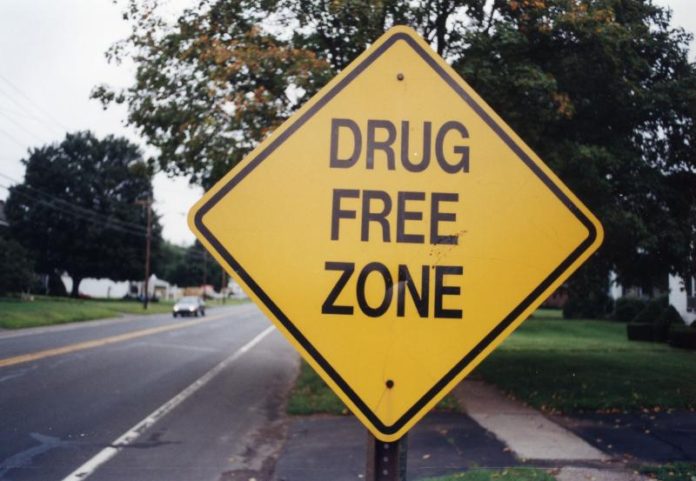One-third of adults aged 16-59 take illicit drugs in their lifetime - 4.3% of them in the last month, according to the 2017/18 Crime Survey for England and Wales. So is randomly testing your staff the way to go?
Before you start testing employees left, right, and centre, it’s important to understand the processes and regulations.
There are laws on random drug testing in the workplace you must abide by as an employer. These include:
- Limiting drug testing to employees you need to test.
- Ensuring the tests are random.
- Not singling out an employee unless justified by the nature of their job.
If you have good reasons for drug testing in the workplace - whether it be essential to do so for certain roles, or there is reasonable cause to believe an employee is under the influence - and someone refuses to take the test, you may resort to disciplinary action.
So, how do you go about it? Well, firstly, there are three different types of workplace drug and alcohol testing.
1. Pre-employment:
Tends to be the most common, but it’s also the least effective. This is because it’s based on a urine sample an individual can easily dilute or substitute.
2. Post-incident:
As the name suggests, it’s testing following a health & safety incident.
3. Random:
When a group of individuals consent to testing and you pick a handful of them to test at random.
For testing to be effective, it must be done by an individual with the correct qualifications from the UK Accreditation Service.
You must also comply with the International Standard for Laboratories. Failing to do this will mean the results are void.
Drug tests tend to work in a similar way, no matter which substance you are testing for. The most common package test is for cannabis, cocaine, amphetamine, methamphetamine, benzodiazepine,and opiates.
WHAT IF DRUGS ARE FOUND IN THE WORKPLACE?
If you happen to find physical evidence of employees using or storing drugs in the workplace, you must still follow your process. Refer to your drug and alcohol policy and stick to it.
Document where, how, why, and who found the drugs, as well as any witnesses, previous complaints, concerns or behaviours. Meet with the employee to discuss the situation; and bring your documents with you to support this. Keep a second party present as a witness.
Finally, if the discussion with the employee is inconclusive, you may request the employee submits to a drug test. If the employee refuses to take a test you may go down the disciplinary route, including terminating their employment if necessary.
CREATING A DRUG AND ALCOHOL POLICY
If you want to test your employees for drugs, you must have their consent. You should include this in your health & safety policy, which should make up either the employees’ contract or handbook.
The aim of this policy is to clearly set out the company’s position on alcohol and drugs within the workplace.
The policy should define when the use of drugs or alcohol is an issue, such as within working hours or when it interferes with work capability or conduct.
It should reiterate the UK employment and health & safety legislation relating to the use of alcohol and drugs (The Health & Safety at Work Act 1974, The Misuse of Drugs Act 1971, etc) Then it should define when you might request a drug test or conduct an investigation.
It should also give direction to employees who suspect a colleague is under the influence, ideally pointing them to a particular contact they can speak to.
Finally, the policy should detail the company’s disciplinary procedure and how it will relate to anyone using drugs or alcohol in the workplace.
• For assistance with drafting a policy or dealing with drugs and testing in the workplace, call Croner for free advice on 0844 561 8133.
ETN | Legal Digest - August 2019

















